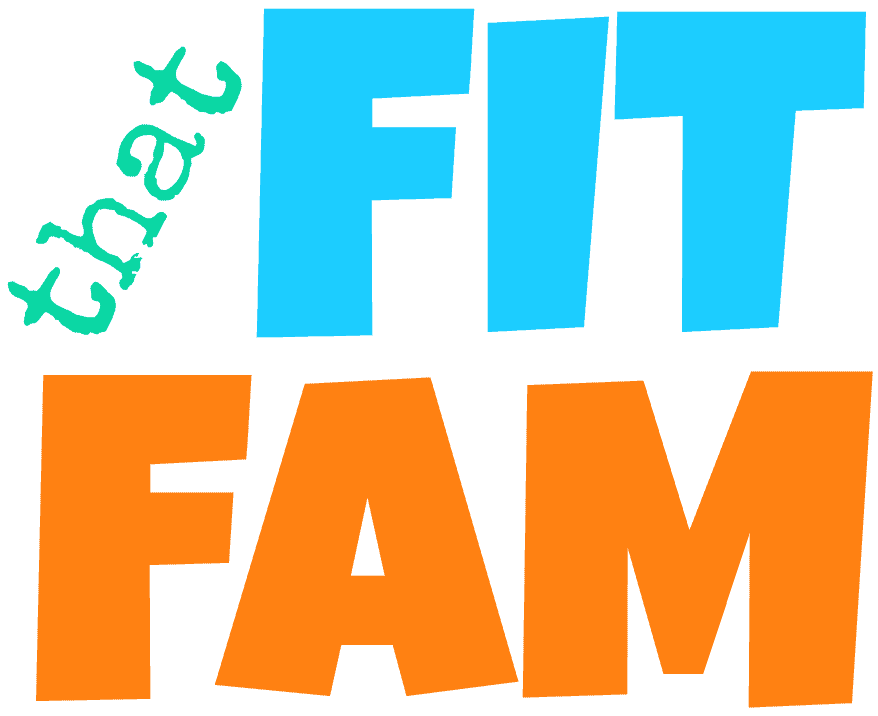We’ve all been there. Things are going great with your weight loss plan until suddenly it all stops. Why did this happen? And how do you break through a weight loss plateau?

Why do we hit a plateau?
After eating reduced calories for a long period of time, your body begins to adapt and your metabolic rate can slow down.
One factor in your metabolism is NEAT. These are the calories we burn through day to day activities, such as standing, fidgeting, walking, etc.
When our calories are slashed, our body tries to conserve that energy by moving around less.
You probably won’t even notice this change, but those unburned calories start to add up and can reduce your calorie deficit, creating that plateau.
Is this really a weight loss plateau?
First make sure you are actually in a plateau. Weight loss come down to calories in, calories out. If you’re eating and exercise habits haven’t changed, you might be in a plateau. But, if you’ve noticed that you have eaten out more than usual or skipped your workouts, you might just need to get back to your old routine to see success again.
If you track macros, take 10 days and be diligent with tracking to make sure you are in a plateau. You don’t want to lower your calorie goal if you don’t have to.
Okay, now in order to lose weight you have to be in a calorie deficit. You can do that one of two ways: eat less or move more. Let’s apply these strategies to a plateau.
Steps to breaking through weight loss plateau
- Lower your calories
- If you track macros, you can try recalculating your macros based on your new body weight. This should have you at lower calories. Another option is to just reduce your carbs by 10-15 grams and if you stall again, lower them by 10-15 grams a second time. This is a difference of 40-60 calories per day or 280-420 calories per week. It’s not much but it’s usually enough to jump start that weight loss.
- If you don’t track macros, just be mindful of your portion size. Pay attention to your hunger cues and load up on the veggies. Adding veggies is a great way to up your fiber content which will keep you fuller on less calories.
- Don’t restrict. It can be tempting to try and eat less in the morning to “save” calories for dinner, but this can lead to overeating/binging.
- Prioritize protein
- I say this all the time, but protein is so great for weight loss. It doesn’t have to be meat, beans, eggs, cottage cheese, all have protein in them. Make sure to get protein in at every meal & snack. This will keep you fuller which will help to reduce your overall calorie intake.
- Eat more
- Depending on how low your calories have been, another option to try is to eat a little more.
- It may sound counterintuitive, but a diet break may be just what your body needs to get it’s NEAT back to where it used to be & give you the energy you need to push harder in your workouts. Then you can go back into your cut and see progress again.
- When I say eat more, I’m not talking about a week long binge fest. I’m saying go into maintenance mode and give yourself a break. Eating slightly more will give you more energy to push harder in your workouts.
- Move more
- A great way to combat your body adapting to lower calories is to track your steps. This way you know you are not moving less than normal. A lot of fitness influencers aim to take 10k steps a day.
- If a pedometer is not your style, you could just try adding in 15-20 minutes of cardio a few times a week. This is my go-to. I love stepping onto our SOLE F63 treadmill and walking at an incline while watching a tv show.
- Boost your intensity
- If you don’t have time for extra movement, try to make the most out of your current workouts. Lift heavier weight, focus on progressive overload. Walk/run a little faster or at an incline.
- Get more sleep
- Sleep is so important to overall health and a lack of sleep can definitely add stress on your body and contribute to weight loss stalls.
- Stay motivated
- This is the biggest key. A plateau is a normal part of the process.
- If you’re struggling to lose weight, it’s natural to become frustrated and think that you’ll never reach your goal. However, it’s important not to give up too soon. Instead, try to remain positive and keep at it. Remember that losing weight takes time and patience.
Moving forward
In the future, keeping track of your steps to help ensure your NEAT isn’t going down and regular refeed days can help prevent plateaus, but they can’t be completely avoided.
What & when to refeed: A refeed is basically a short period of time that you eat a higher amount of calories, coming mainly from carbs.
A refeed is a great tool to keep your body from adapting to those lower calories. If all you do is take your calories from a deficit up to maintenance, then you should not gain back the weight you worked hard to lose.
Some people can benefit from incorporating 1 refeed day every 2-3 weeks. Remember, this is different than a cheat day. This is calculated and not a binge.
I hope these tips helped! Progress stalls are so frustrating. Just remember that this is a completely normal part of the process. Weight loss isn’t linear. Some days you’ll go up, others down and some might stay completely the same.
The day to day matters less than the big picture. If over a long period of time you are trending down, then you are moving in the right direction (assuming that’s your goal).
